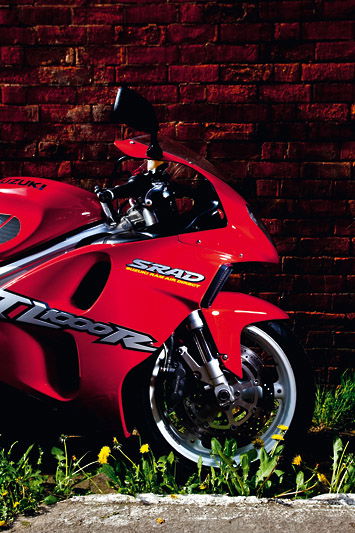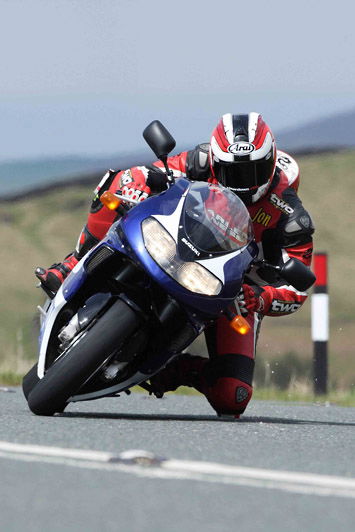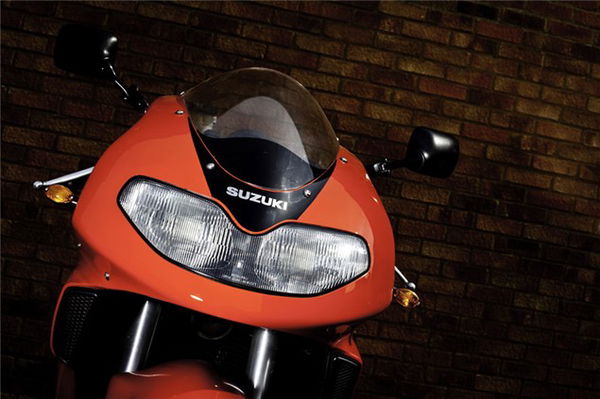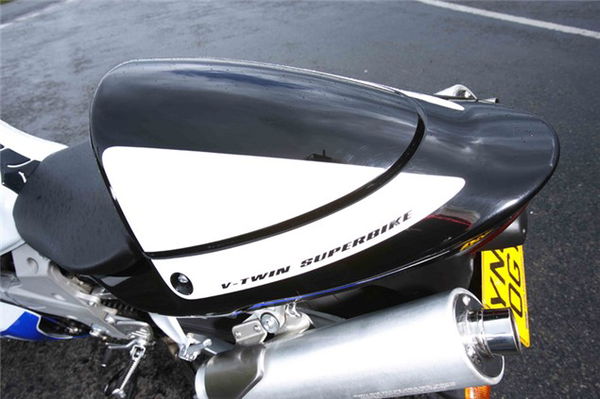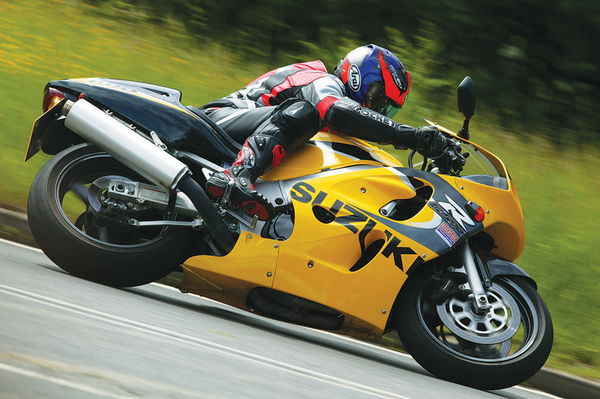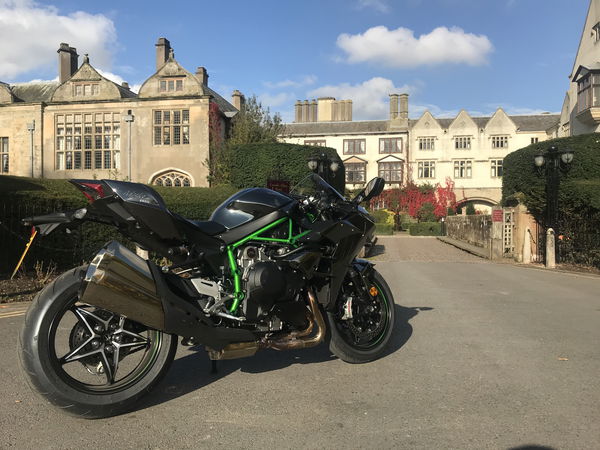Used Test: Suzuki TL1000R
Created as Japan’s first V-twin World Superbike champion, the TL1000R fell short as a racer. But as a road-going missile, the big Suzuki offered a chunky alternative to Italy’s uncompromising, highly-strung twins. And now it’s criminally cheap
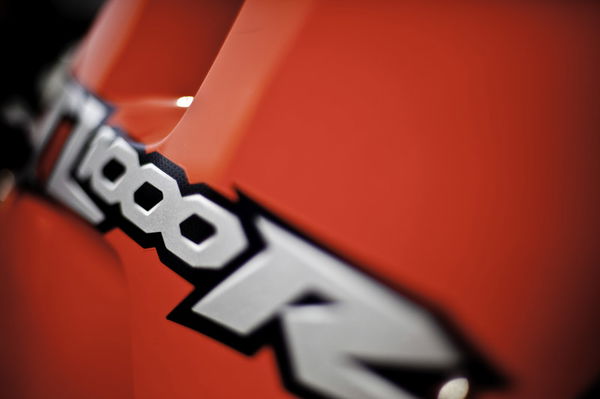
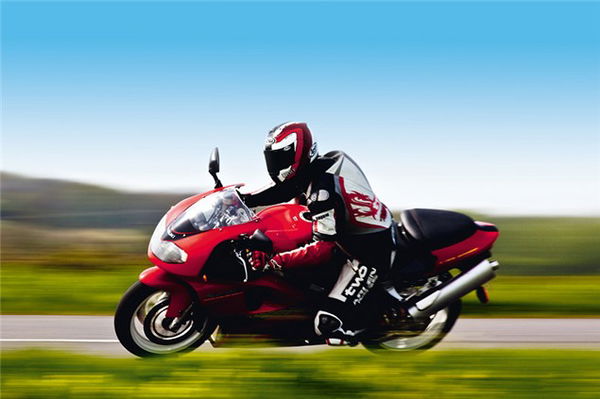
Click to read: Suzuki TL1000R owners reviews, Suzuki TL1000R specs and to see the Suzuki TL1000R image gallery.
Suzuki’s TL1000R was, if the pre-launch hype was to be believed, the company’s great white hope. The marketing types lead us to think this 1000cc V-twin would take on Ducati in World Superbikes and crush the insolent Italian factory at their own game. Japan’s V-twin would demonstrate that the only reason the Bologna factory was dominating WSB was due to the fact V-twins had an advantage over 750cc inline fours. Well, that was the plan.
Under a fanfare of expectation, the TL1000R was launched in spring 1998. But rather than the firecracker it was hyped up to be, the TL turned out as a bit of an overweight damp squib. Unfortunately, despite the best efforts of the marketing people to sway minds otherwise, this was something it was always destined to be.
The problem was Suzuki had been badly burned the year before by the naked, and by this point infamous, TL1000S. Handling issues, the bike’s reputation as a “widow-maker” and a humiliating recall for the fitment of a steering damper had put a large black mark against the TL name. Even if the R had proved to be a track missile, the fact it used the much-maligned rotary rear damper had already sealed its fate.
The TL1000R didn’t impress on track, failed to set the showroom alight, never took part in WSB as a factory racer and failed miserably to live up to its hype. After just six years, Suzuki pulled the plug on the TL1000R and concentrated on putting the V-twin engine in less sporty bikes.
The problems with the TL1000R lay much deeper than just an over-hyped launch and a dodgy sibling, from the moment the project was conceived it was doomed.
According to its designer, Hiroshi Moritake, the TL1000R was designed to be “the best potential Superbike winner.” Unfortunately, somewhere along the design path, this message got lost and rather than the svelte Ducati, the TL emerged as a rather tubby and bulky bike. Tipping the scales at 197kg the TL was 20kg heavier than Yamaha’s new YZF-R1 and made a lot less power. Okay, as Suzuki were quick to point out, it did weigh the same as a 996 and made more power than the Ducati, but it neither felt, nor handled, like a potential Superbike.
Restoring a Suzuki TL1000R
Considering the ready availability of Suzuki TL1000Rs in the UK, and their relative unpopularity, you shouldn’t have to go through the effort of rebuilding one. It’s easy to buy a minter, which will require little or no restoration. If you’re looking at a bike and doing mental arithmetic on the cost of putting it straight, walk away. However, it is likely a few parts may need refreshing, or even replacing, should yours be less than perfect.
The most common alteration is the fitment of aftermarket race cans. While more power’s on the cards if you fork out for the relevant re-map, most owners simply want more noise. New standard Suzuki cans cost £654 each, which is eye-watering. But some time spent keeping an eye on eBay can locate them for as little as £50 a side. Aftermarket cans are about £150 a pair for low-end items. A second-hand header pipe is about £140, but most owners simply bolt on cans.
For some odd reason a lot of blue and white bikes now sport blue-tinted screens. A stock screen costs £73 from Suzuki or about £20 second-hand. Rearsets are also quite common on TLs but again, stock ones are very easy to find second-hand – shelling out about £50 for the assembly is better than the £80 Suzuki ask. Pillion pegs often get removed. If you can’t find any second-hand for about £25 a side, prepare to be shocked and pay £73 a side at your Suzuki dealer. Unfortunately, only the heel plates and front brakes are the same as the 1998 GSX-R750, so no penny-pinching by taking that route.
For a visual re-fresh, expect to pay about £40 a wheel to get them re-powder coated (www.triple-s.co.uk are excellent). The Suzuki finish is quite poor, and a re-spray will be close to £1,000, depending on the damage to be repaired and the colours involved. As ever when buying a bike of this age, pay close attention to the plastics – cosmetic tidying is so much more expensive than an oil change and a service.
Race bodywork costs about £150 for a plain fairing or close to £400 for a replica kit, including seat plastics, from Hong Kong. These are both available on eBay.
A Suzuki side panel costs £486 and comes painted, while the headlight cowl is £230. If the pillion seat cover is missing a new one will cost you £90 from Suzuki UK.
A lot of parts are expensive for the TL because they are unique to the bike and not interchangeable with any other Suzuki models, so take your time and buy carefully. Buy a good one, not one to restore, and it will save you a lot of cash in the long run. You’ll also have a monstrous road bike.
Suzuki TL1000R (1998 - 2003)
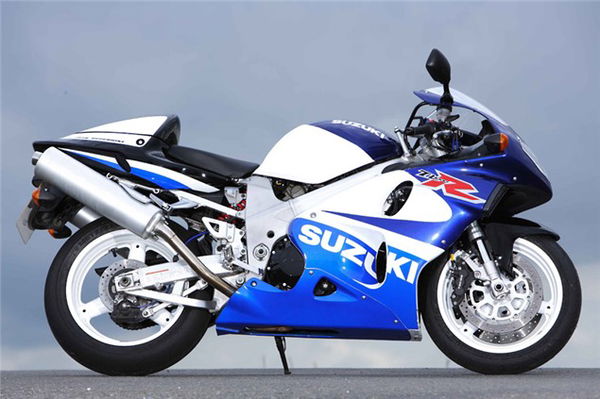
This could be changed. Suzuki offered a full race kit for the TL that lightened it to 160kg and boosted power to 150bhp, but it cost £50,000 and even the factory weren’t keen to prove it worked on the world stage. All in all there doesn’t seem to be many reasons to snap up a TL1000R, but a bike’s history and sales success only tell part of the story.
The TL has slowly, but surely, gained itself a strong cult following. Owners rave about the bike and you see a remarkably large number out and about on the UK’s roads. Why is this? The fact is when you take the World Superbike hype out of the equation you are left with a damn good, sporty bike, which looks great and goes even better.
Riding a TL1000R today is a very pleasant experience. Unlike Honda’s SP-1, which arrived a year later in 1999, the TL doesn’t feel like a race bike. The seat isn’t the usual race-rep plank, instead it’s a huge pad of arse-comforting foam, while the bulbous fairing seems to envelop the rider and offers extremely effective shelter. Even the riding position is relaxed and comforting.
Let the clutch out and the TL’s engine drives forward with a muted and monotone drone. It doesn’t have the Ducati’s character rattle and ludicrously heavy clutch, or the Honda’s horrific fuel-injection, just smooth flat power delivered with no real powerbands or kicks. Like most V-twins it doesn’t feel fast, and the complete lack of boom from the stock pipes and excellent shelter from the fairing only heightens this feeling. But in reality the Suzuki is no slouch and will happily reach licence threatening speed. It’s certainly faster than a Ducati of the same vintage, it just doesn’t feel like it is.
But it’s not all good news. The TL isn’t only soft in its power delivery, but the suspension is also more than a little soggy. Through fast corners the TL wobbles and wallows and lacks the taut feeling of a true Superbike. In a straight line it would take a hurricane with the same force as Katrina to upset it, but through the bends this stability shows and the TL sways more than flicks from left to right, and is a little stubborn to corner.
After riding the TL1000R you are left thinking “what a lovely sports tourer it would have made,” and it’s a shame it was never marketed as such. Where on a Ducati or SP-1 you are left screaming in agony after about 50 miles, the TL is both practical and super-smooth for a V-twin. Yet it still has a fair dollop of character, with a thumping engine and unique look.
Suzuki TL1000R Specifications
Price From £1,500 to £3,000
Engine 996cc, liquid-cooled, 8-valve V-twin
Power 135bhp @ 9500rpm
Torque 78ft.lb @ 7500rpm
Front brake 2 x 320mm discs, six-piston calipers
Rear brake 220mm disc, two-piston caliper
Front suspension 43mm, fully-adjustable upside-down forks
Rear suspension Rotary damper with separate spring, fully adjustable
Dry weight 197kg
Tank size 17 litres
Seat height 825mm
